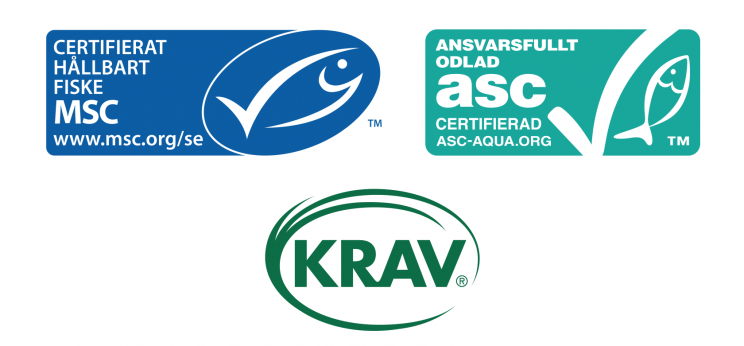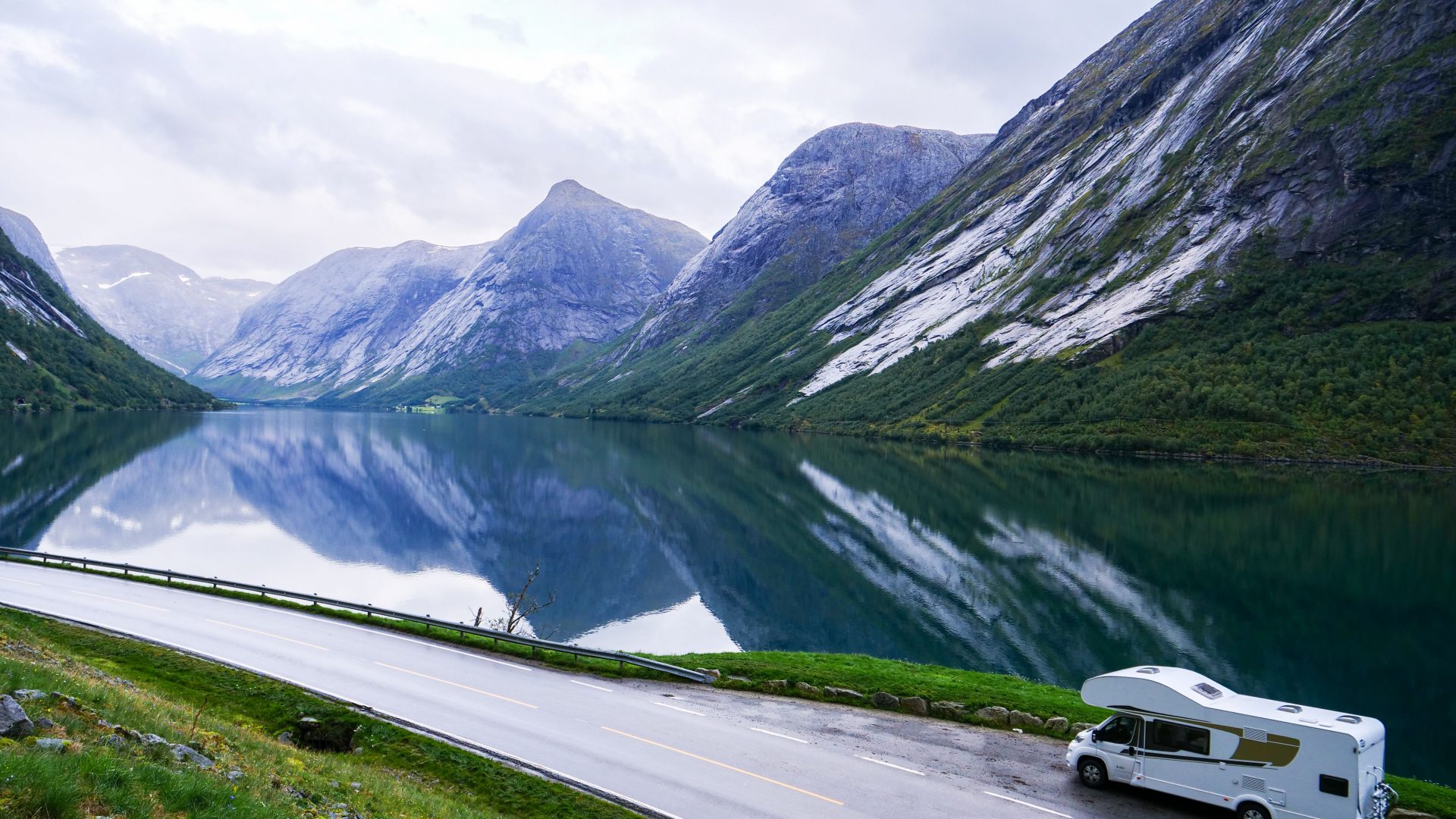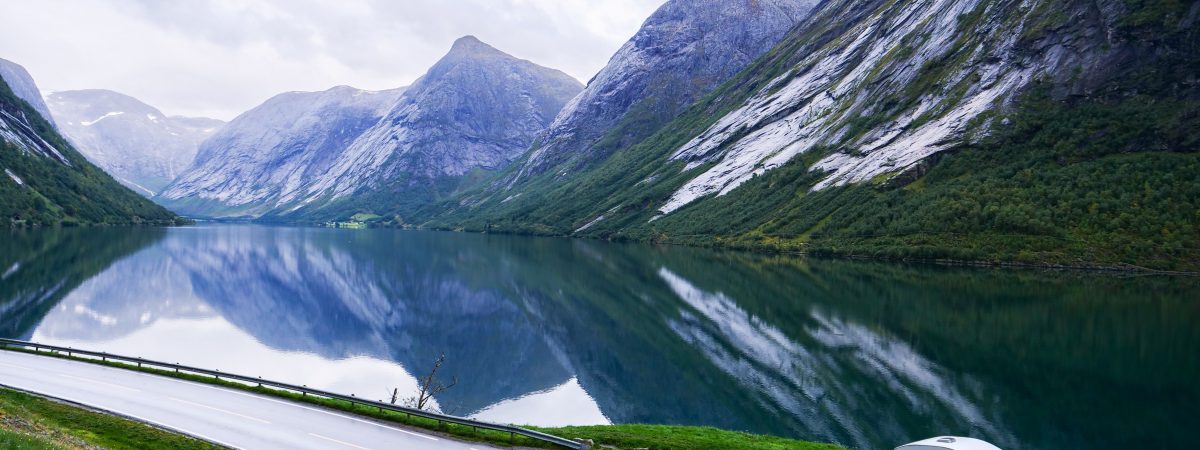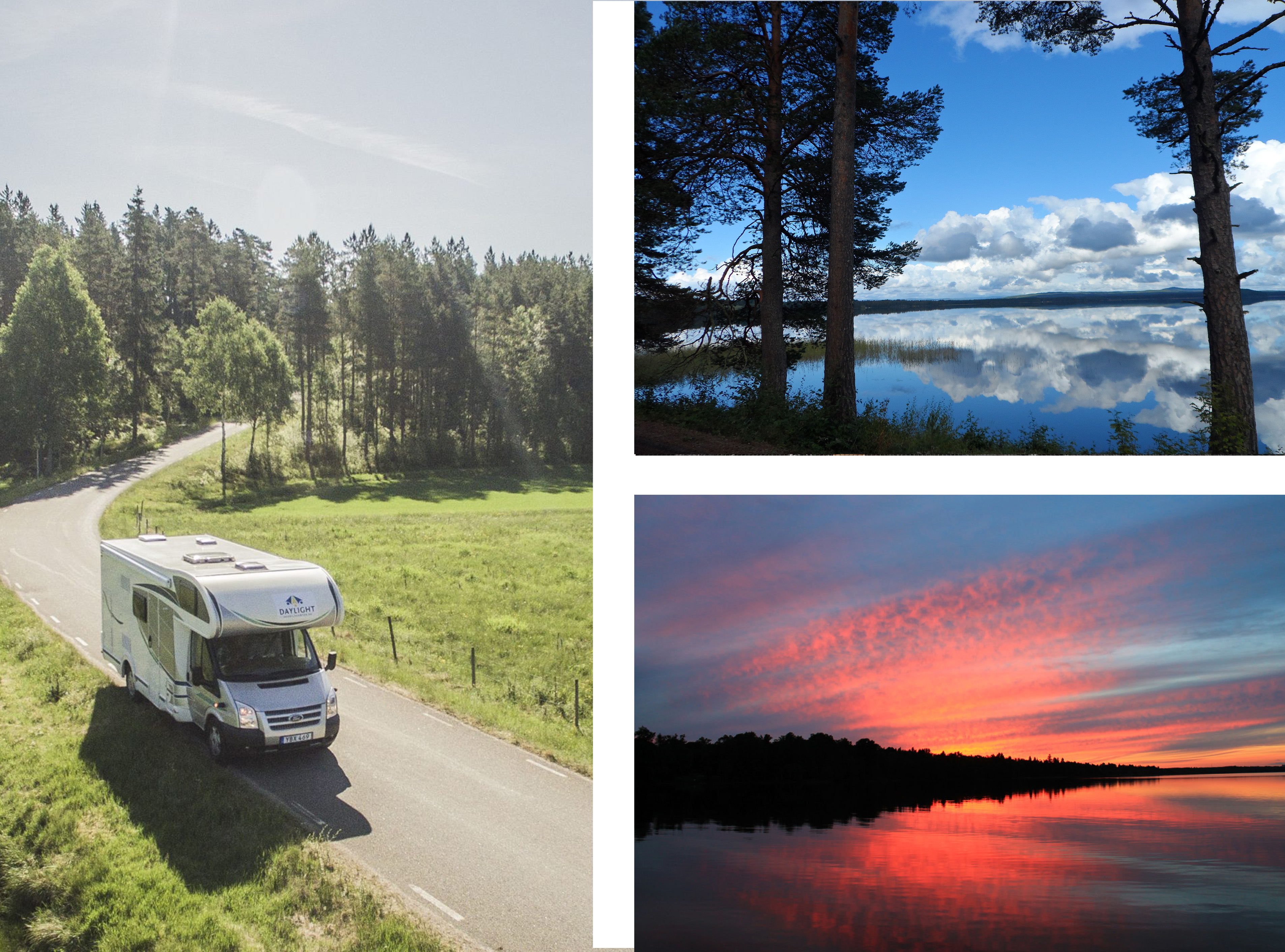Lapland, Polar Circle, and beyond – Your northbound trip travel guide
Going to the Polar Circle and beyond is a trip that attracts many visitors to Scandinavia and Finland. There are several ways of travelling to the north. An increasingly popular way is in a motorhome. You have the freedom of planning your trip as you go along. Additionally, you also get to stay close to places that doesn’t offer any accommodation and since you travel with your own kitchen, you are not dependent on finding restaurants to treat yourself real gourmet meals. This is your travel guide to Lapland and northern Nordics.
My suggestion would be to spend time in nature and enjoy outdoor cooking in a safe way. I will tell you about the unique local dishes, specialties and activities to look out for on your northbound trip. For starters, I recommend you to try “kokkaffe”, the traditional way to drink coffee up north.

Local specialties in Lapland
Reindeers
The reindeer roams the “Sápmi”, the land of the Sami. The reindeer is, and has long been, a central point in Sami society. It is an animal adapted for survival in an arctic climate.
In Sweden, there are mountain reindeer and forest reindeer. The mountain reindeer stay in the mountain region during the bare ground period and in the coniferous forest during the winter. The forest reindeer live in the forest region all year round.
In Scandinavia, the reindeer is semi-domesticated (partially tamed) and is used in both mountain and forest reindeer husbandry. The bull and cow reindeer have horns and the calves get horns already their first summer. The cow reindeer keeps their horns during the winter and shed their horns only after they have given birth to their calves in the month of May.

Reindeer meat
If you want to cook with reindeer meat, you can find “renskav” in the frozen food aisle in any Swedish supermarket. “Renskav” is a traditional Sami dish. You would fry the thin slices of frozen reindeer with wild mushrooms.
If you want to try another authentic Laplandic food, then smoked reindeer meat is the way to go; also known as “souvas” which is the Sami word for “smoked”.
Fishing
The Sami people have historically and traditionally lived on fishing in the many lakes in Lapland. Typical fishes in the Swedish mountain lakes are char, whitefish and lake trout.
Fish used to be a staple item in the Sami diet. Today it is less important, but traditions live on. Traditionally people boiled or fried fresh fish, which still hold true nowadays. If they managed to catch many fish, they would preserve the rest using salt, or drying or smoking the fish. The Sami considered dry birch wood to be especially good for getting a favorable smokey taste.
In the coastal communities, you mainly find saltwater fish like herring, cod and haddock. The inland salmon and trout are the fish of choice. Salmon is also an especially important part of the traditional Sami diet.
Traditional seafood dishes and specialties in Lapland

Sustainability
Most of the fish come from commercial fishing or pisciculture. To make sure that you choose the right fish, keep an eye open for environmental certification, such as MSC – Marine Stewardship Council, ASC – Aquaculture Stewardship Council and the Swedish certification system Krav.
Norway
Norway is the second largest exporter of seafood and fish in the world. Smoked salmon, graved salmon and trout are the classics, and a must-try if you wish to experience Norwegian cuisine. My best tip is to visit local markets or restaurants by the coast.
The seafood and king crab
The meeting of the cold and warm ocean currents in the Norwegian coast creates a sea rich in different species of fish. If you’re a fan of seafood, then the Norwegian coast has a lot to offer. Besides shrimp and mussels, you can also taste the king crab. The restaurant “Fiskekompaniet” in “Tromso” serves high quality seafood and is worth a visit if you wish to try the king crab or other seafood dishes.
“Skrei” fish and “Rak” fish
“Skrei” is a type of cod that has a long history in Norway and is a type of fish that the Norwegians are particularly proud of. The “skrei” has a very tender meat that is so soft it basically falls apart when touching it the slightest. “Fiskehallen i Narvik” (Fish market in Narvik) is a marvelous place to buy your “skrei” if you prefer to cook it yourself instead of going to a restaurant.
There you will find loads of different varieties of fish. During the end of summer there is a food festival held in “Vesterålen” with local entrepreneurs that would introduce you to all forms of arctic food traditions. The thought behind this festival is to promote the region by offering local specialties.
In old times, the Sami people loved to prepare and eat “rakfisk”, a salty and fermented fish dish. Today it is a traditional Norwegian dish that is preferably enjoyed with a shot of “Aquavit”. It is salted char or trout that is fermented for a year, similar to the Swedish “surströmmning” when it comes to the smell. Many says reminds them of old cheese or dirty socks.
The taste of “rakfisk” is slightly salty with a piquant flavor. It can be eaten raw, sliced and served with flatbread, red onions, sour cream, and boiled potatoes. In early November, the Norwegians of “Valdres” holds a “rakfisk” festival that attracts thousands of visitors.

Photo: swedishcountryside.se
Norwegian brown cheese
Agriculture is dominated by small farms often with a long history of animal husbandry. This is why many traditional northern dishes and food are based in the cheese production.
The Norwegian brown cheese goes way back to the 19th century and is a way to use the left-over whey from cheese production. The cheese is, besides whey, also made of milk and cream. It is a hard, cow or goat milk- cheese with a strong characteristic taste, namely both sweet and sour. There are tons of different mountain farms in Norway where you can taste brown cheese. “Aalan Gård”, located in “Lofoten”, is such a place where they offer authentic cheese in all its forms.
Finland
Loimulohi (Blazed salmon)
The “Loimulohi”, in English translated to blazed salmon, is an old traditional way of making salmon in the Finnish Lapland. You cook the salmon over open fire, just by nailing the fish onto a plank with the help of wooden pegs and placing it vertically over the fire. This is an easy way of making salmon which makes it a perfect activity to do outdoors after a fishing trip.
All you need is a bit of salt, pepper and lemon, and then leave the salmon to smoke for about an hour. It can then be eaten straight from the plank. The buttery and juicy fish, with a hint of smokey flavors, is truly delicious without having to put too much effort into it.
Fried vendace
Fried vendace, which is called “paistetut muikut” in Finnish, are eaten as snacks usually in different fairs and marketplaces. It is from these fishes that we get the very popular whitefish roe, however the fish itself isn’t as popular. In Finland, some small merchants have taken the opportunity to use the whole fish in a way to maintain sustainable fishing, instead of getting rid of the fish after getting its roe.
You can fry the vendace in butter, rye flour and salt and you serve it with a bit of lemon juice and mayonnaise or with mashed potatoes.
Finnish bread cheese
The Finns love their coffee and dessert, as the Swedes do too. Together with a cup of coffee, the Finns would have a piece of “leipäjuustoa”, which can be translated to “bread cheese”. It is a traditional Finnish dessert, but you can also find it in Sweden with the name “brödost”.
This is a type of cheese can be made from cow, reindeer or goat milk. You usually eat it with cloudberry jam on top! You will hear a squeaky sound when biting into it, and the feeling when chewing on it, as well as its consistency, is similar to the Cypriot halloumi cheese. This cheese is available to buy in every local grocery store, but you can also find it in cafés if you prefer a rest.

What to do in Lapland?
Fishing
Fishing in Sweden
Foreign citizens do not need a fishing license when fishing in public waters with hand gear. When you fish in private waters, you need a license or permit. More information on how to get a license can be found online on various websites, www.ifiske.se is one of them.
Fishing in Norway
Fishing license is not needed, however, a fishing permit that allows you to fish in certain waters is needed. When sea fishing, there is no need to purchase a permit since it is free. When fishing, such as salmon or trout, in rivers, you need to purchase a permit. Either it is purchased from the landowner, or from the Norwegian Environmental Agency.
Fishing in Finland
In most cases you need to pay for a state fishing permit, and you need approval from the owner of the waters. This can, however, vary depending on your age, how you fish and what kind of fishing rod you use. Make sure to look it up before fishing.

Hiking in nature
In Lapland you can find more old-growth forests, or virgin forests, than any southern regions of the Nordic countries. They are special because it is relatively untouched by humans. Nevertheless, if you are looking for a great forest hiking experience, nature is always around the corner in the Nordic countries. In the north, there are definitely an abundance of forests. In the forests you can find berries, wild animals, herbs, mushrooms, and tar. There is some truly amazing protected nature in Lapland.
The aroma of tar is absolutely a must smell when visiting the Finnish Lapland, and it is a beloved part of their culture. Besides the popularity in Finland to have the tar aroma in saunas (by mixing some tar into the water before throwing it onto the heater stones), there is also tar ice cream. It is hard to describe the taste if you haven’t tried it, but it is very aromatic and smooth, with a smokey tone to it and a hint of sweet vanilla.
The best places to pick the berries, especially the cloudberry, tar and edible mushrooms are well-kept secrets. So, meet up with the locals and learn what to look for.
Check out the regulations in each country for the “Allemansrätt” (Swedish) or “Allemannsretten” (Norwegian). In English, it is “Everyman’s Right”, “Freedom of or right to roam” or “The right of public access to nature”.
To consider when being out in the nature:
- Do not disturb the animals out in the nature.
- The nature is open for everyone, be respectful to each other and do not disturb others.
- Do not leave your garbage or waste behind.
- If making a campfire, make sure that it is in a safe spot, such as sandy or gravel ground. Dry grass, for instance, can cause a fire.



